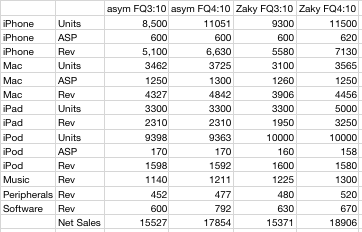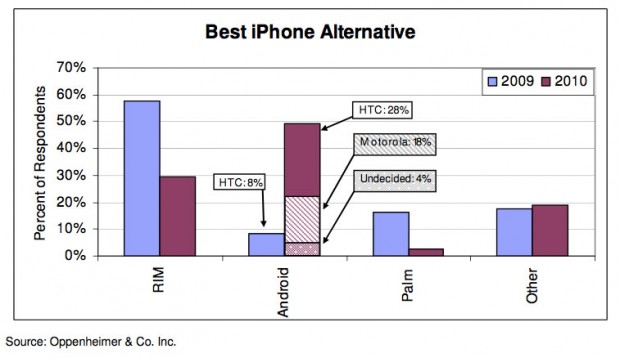With the iPad still unavailable three months after its launch and with only 1.7 million iPhones available for purchase in the first three days, Apple’s inability to meet demand is surfacing as its most immediate and glaring problem. This problem merits the deployment of some of the cash Apple is hoarding.
As I wrote in May, Apple’s next billion users are in waiting. However, to serve them in a timely manner requires a new approach to product launch and ramps.
Apple has imposed upon itself a yearly product cycle for the iPhone and the iPod [and, probably for the iPad]. This is a brilliant move because it keeps the product fresh without having it seem disposable. It also keeps competitors within its turning radius. However, the challenge is that the distribution network has to be filled rapidly and drained rapidly to maximize availability. This gets harder and harder as the volume grows. Imagine having to manufacture and ship into the channel a billion devices in less than a quarter.
This year’s iPhone 4 launch was heavily over-subscribed. If Apple had enough supply, launch sales could have gone as high as 2.5 million, one analyst believes. Apple admitted mis-diagnosing demand and problems arose during the reservation process. There were insufficient units for pre-order, never mind for users walking into stores. The shocking thing is that three months on, the iPad is still unavailable to impulse buyers who might want to pick one up with their iPhone. This despite the fact that most of the world does not have any purchase option.
Now I ask what will happen next year? Supply may balance with demand by October and strains will show again around Christmas. Then what? The iPhone 5 will be getting prepared with another 50% to 100% growth in demand. How will June 2011 and June 2012 look? Will Apple have 4x the supply of iPhones and iPads needed to maintain growth?
There are various solutions possible, but if Apple wants to maintain the product cycle, the event marketing and the “reveal” that builds brand value, it needs to change the way it manufactures. By investing in automation, locating plants near to buyers and by integrating suppliers into production, it can get the quantum leap in supply it needs. These are capital-intensive solutions, but Apple’s capital is underemployed. I see no better use for the rapidly-building cash pile.


